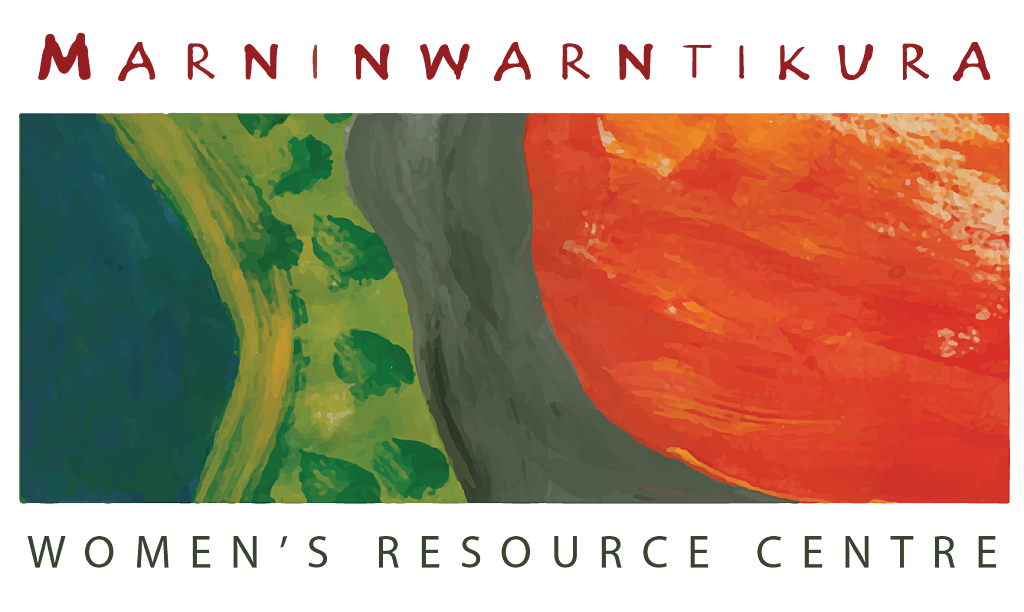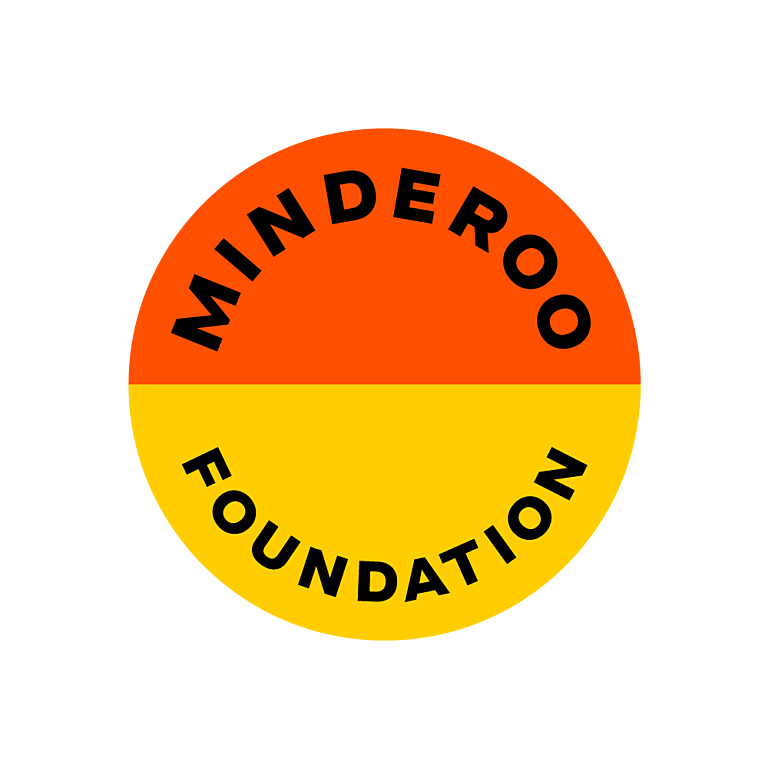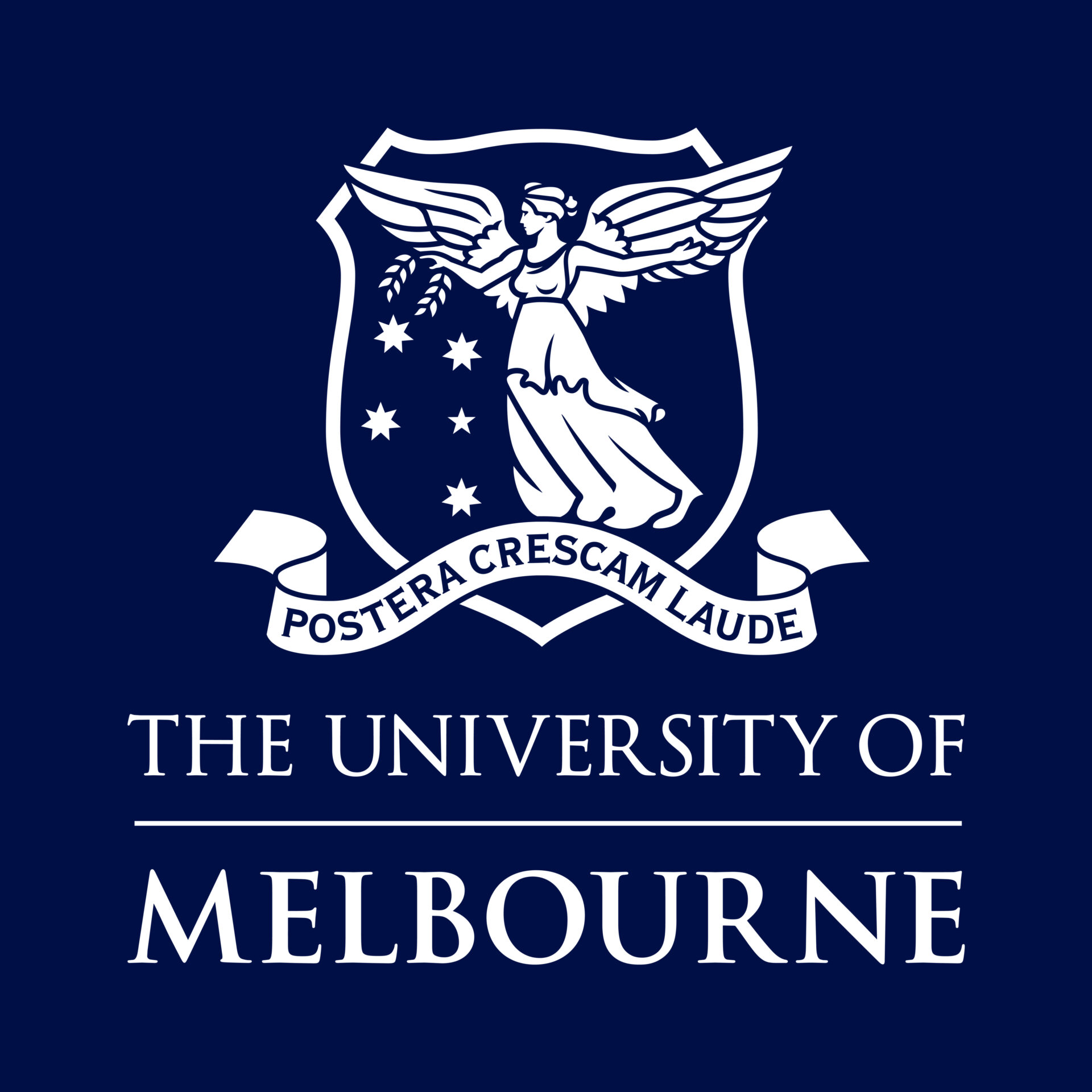“... It’s very important that we preserve our language in songs and keep singing them to our children. These songs ... capture our language, culture and traditions of storytelling”
Patsy Bedford, Senior Language Custodian (Bunuba)
Buga Yanu Junba
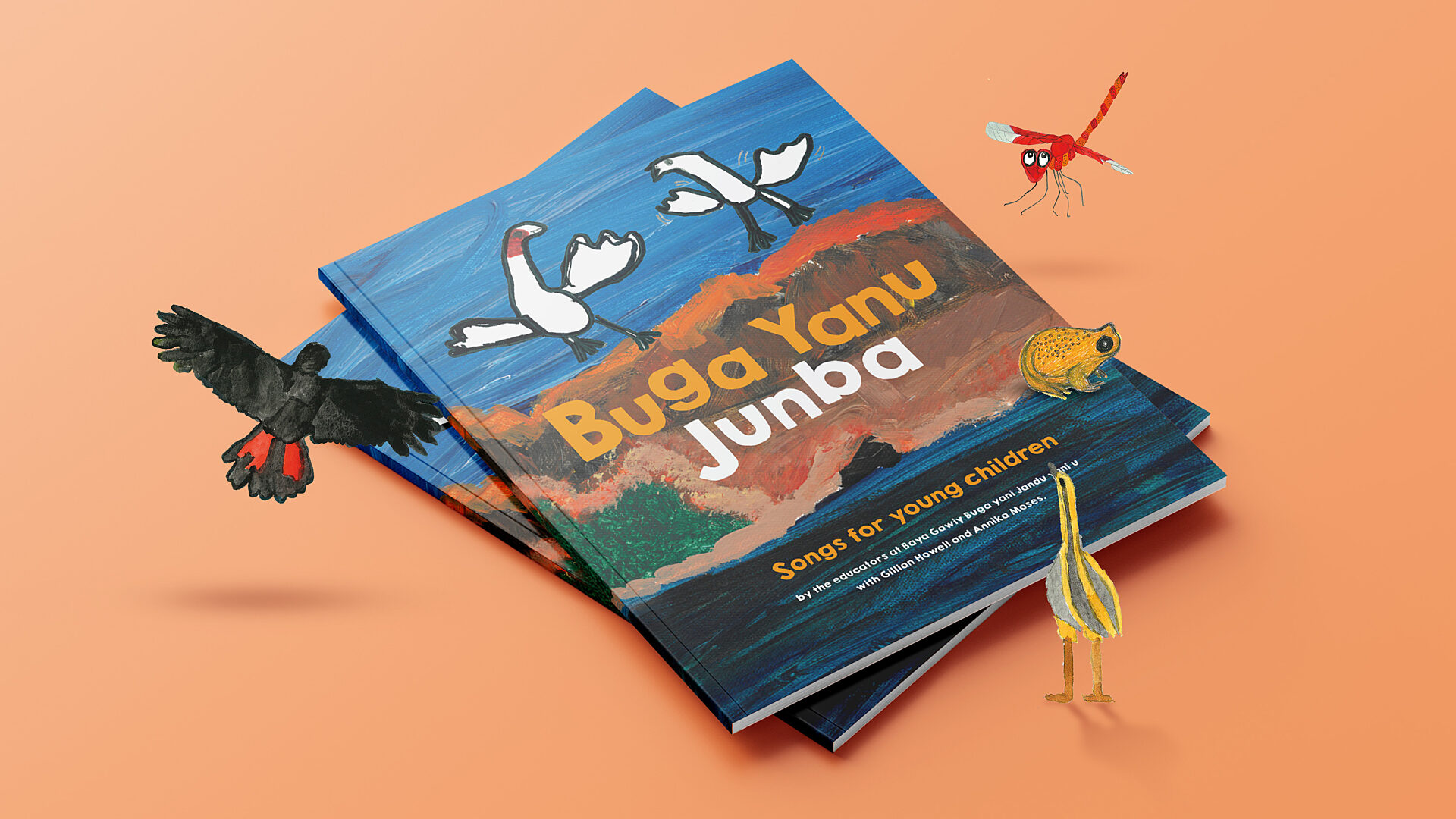
From the heart of the Kimberley in far north-west Australia comes this delightful collection of original songs in Bunuba, Gooniyandi, Walmajarri, Kimberley Kriol, and English.
Created for young children but shared with a welcoming spirit for all, these songs, stories, and illustrations offer a window into life in this unique and beautiful part of the world.
The songs were written by early childhood educators, Elders, and musicians at Baya Gawiy Buga yani Jandu yani u, an early childhood education and care centre run by Marninwarntikura Women’s Resource Centre in Fitzroy Crossing, Western Australia.
Aboriginal and Torres Strait Islander people are advised that this website contains the voices and names of deceased persons.
Buga Yanu Junba (Children’s Songs) is a collection of songs created by early childhood educators and language specialists in Fitzroy Crossing for young children. The songs were written to help kids in the Fitzroy Valley learn their heritage languages.
But languages are for sharing — everyone is welcome to learn, sing along, and help keep these languages strong! The artwork was created by the songwriters and other adults and children in the Fitzroy Valley community. We hope that singing Buga Yanu Junba brings you joy, helps you connect with others, uplifts your spirit, and deepens your understanding of our beautiful and unique part of Australia.
"Tanji parlipa martawu ngalimpakura wangki
(We’ve all got to hold tight to our language)
Language is a big part of our identity as First Nations people. Our culture is embedded in it. Understanding our heritage languages and teaching them are very important for the children. Knowing their language helps them know where they come from, where their jilas and jumus are (sacred waterholes that connect them to their ancestors and ancestral stories).
In my Masters in Indigenous Language Education and in my current journey into Kimberley language ecologies, I’ve found that songs and chants help to strengthen the language because they help the retention. You can remember that song or chant years and years later, even from childhood. You also remember the way it sounds, the pronunciation, the rhythm of the words. So, it’s a good way to go.
Music and singing also make our pilyurr strong. Pilyurr is a Walmajarri word that means spirit or essence. Having strong pilyurr is part of our healing. I hope the songs in this important songbook, Buga Yanu Junba, will help keep our Kimberley languages strong, and give strong pilyurr to all children everywhere who pick up this book and learn to sing the songs."
Maria Marmingee Hand
Senior Teacher, specialist Aboriginal language teacher (Walmajarri) and Aboriginal Islander Education Program Coordinator at Fitzroy Valley District High School.
Baya Gawiy Buga yani Jandu yani u is the early childhood education and care program of Marninwarntikura Women’s Resource Centre in Fitzroy Crossing, Western Australia. It integrates seasonal calendar knowledge and storytelling with trauma-informed healing practices. Music and singing are core parts of their work. Dr Gillian Howell has been supporting the Baya Gawiy team to strengthen and expand the musical aspects of their program since 2018. In 2021, they asked her to help them create a new collection of songs in local languages – Bunuba, Gooniyandi, Walmajarri, and Kimberley Kriol – to use within the education and care program.
By 2024, Baya Gawiy educators had composed and recorded 15 new songs and embedded them into daily learning programs. Songs are powerful sources of local wisdom, carrying stories, language, and cultural knowledge. They are portable and easy to share, they support emotional co-regulation, and when shared, they can help promote deep feelings of bonding and connection.
Children, families, and educators sing these songs every day. They fill the learning spaces with the Elders’ voices and local languages and inspire new songwriting and stories. They are one of the ways Baya Gawiy keeps the community’s stories and knowledge strong for future generations.
Australia’s First Languages include many sounds not found in English. The best way to become confident with these pronunciations is to listen closely to the song recordings, which feature expert speakers. Each time you listen, you’ll notice and learn a little more.
Bunuba, Gooniyandi, and Walmajarri each use their own writing systems—or orthographies—which were developed by senior language speakers in the 1980s (and the 1960s for Walmajarri). These systems follow different spelling conventions; for example, Gooniyandi uses ‘oo’ where Bunuba uses ‘u’.
As an introduction, here are some of the sounds you’ll hear in the songs from this book. These are common across Bunuba, Gooniyandi, Walmajarri, and many other First Languages of Australia.
- ‘ng’ is pronounced like the end of the word song. Try leaving your tongue in the same position as it is for the -ng in song to become familiar with the feeling of the sound.
- ‘ny’ at the end of a word is a nasal sound made by pressing the flat part of your tongue to the roof of your mouth. It sounds like the ni in onion.
- ‘rr’ is a rolled or tapped sound, similar to a quick, percussive d. A single ‘r’ is softer, like the r in river.
- ‘rn’, ‘rl’, ‘rt’ and ‘rd’ create sounds where the ‘r’ blends into the following consonant. Start by placing your tongue as if you're making an r sound, then pronounce the second letter.
- In written Walmajarri, the letter ‘p’ is pronounced like ‘b’, ‘k’ sounds like ‘g’, and ‘t’ is pronounced as ‘d’.
- Vowel combinations such as ‘awu’, ‘awo’, ‘ayi’, and ‘uwayi’ glide smoothly from one vowel sound to the next. In the songs, they are sung as a single syllable.
- In Gooniyandi, ‘n.g’ indicates that the n and g should be pronounced separately—not as a single ng sound. For example, in the song Moonggoowarla gin.garli, the words min.ga and gin.garli both use this pronunciation.
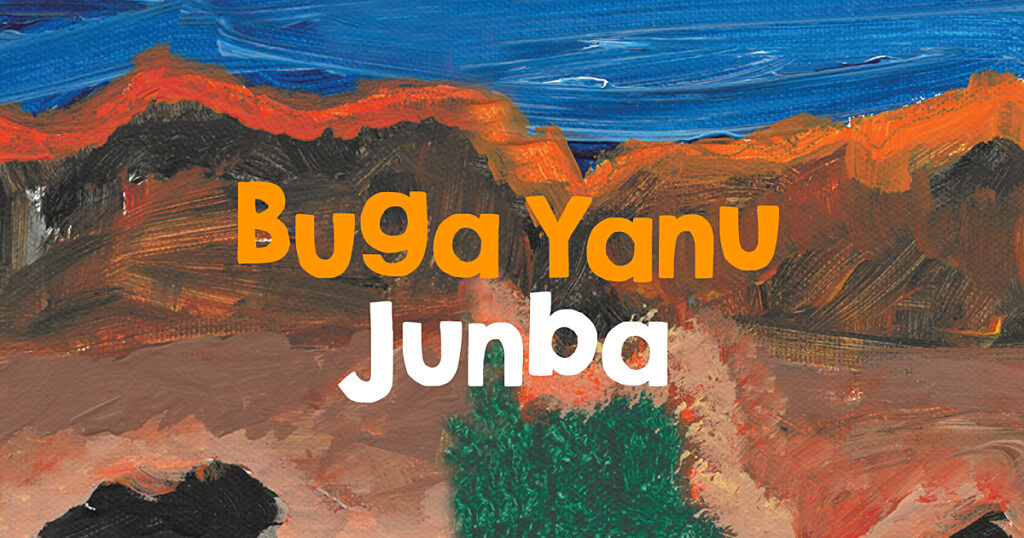
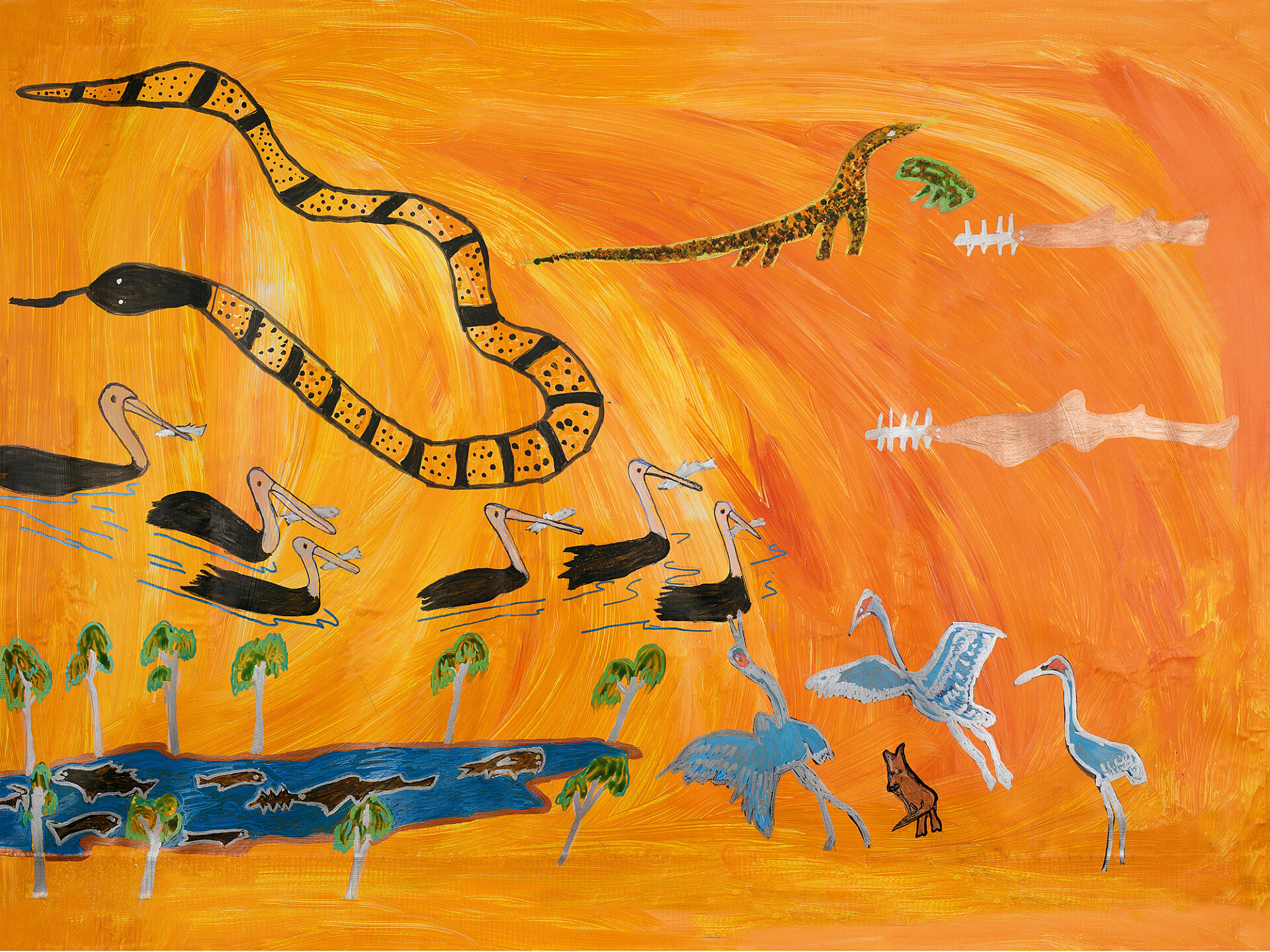
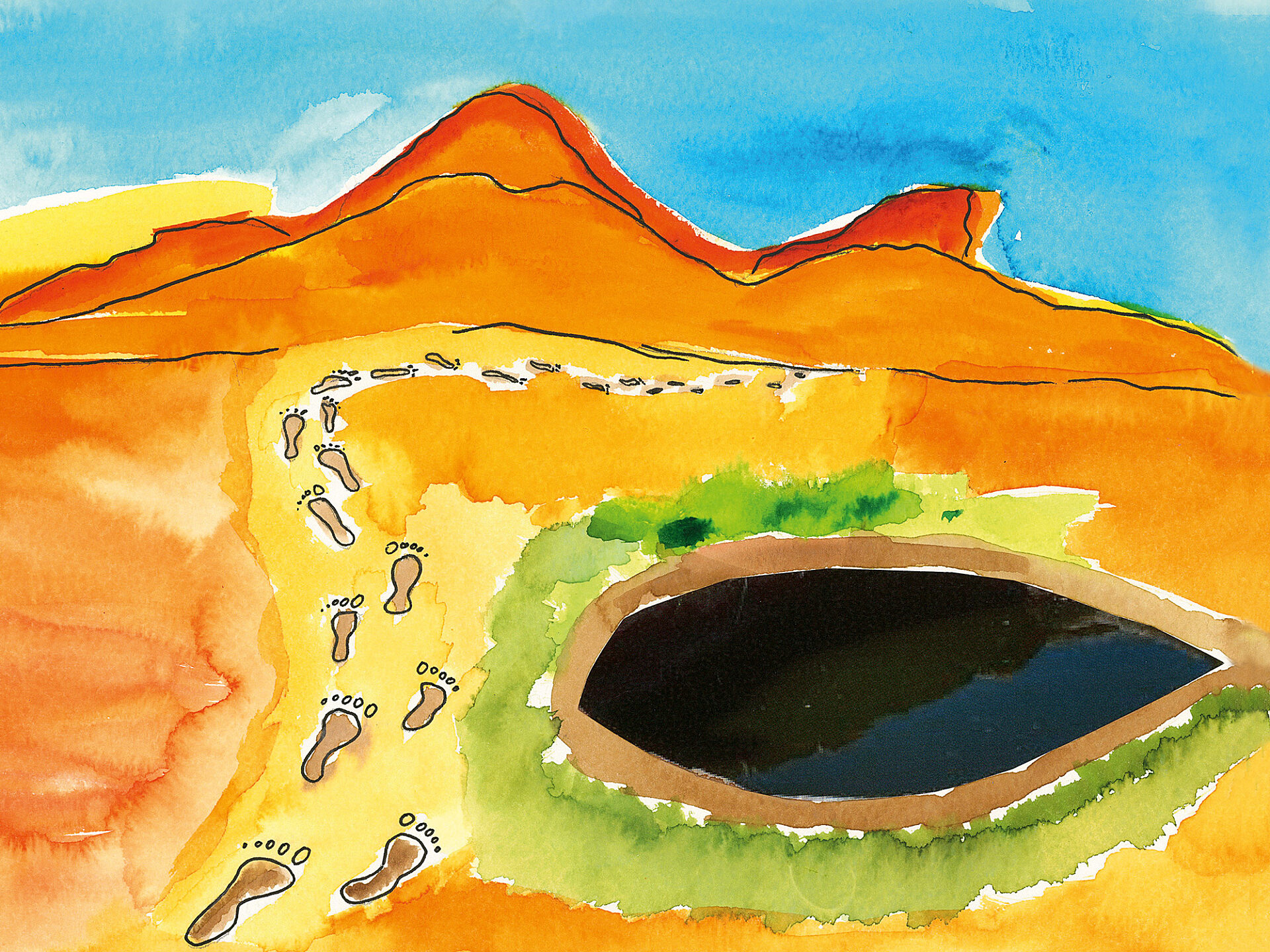
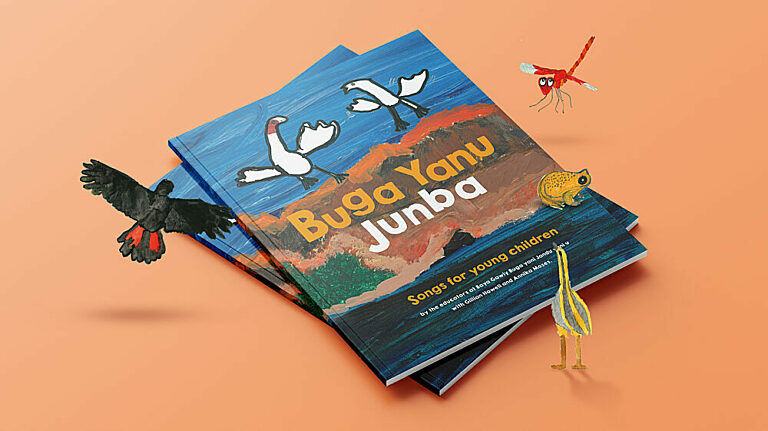
Advisory group and co-researchers
Patricia Cox
Sue Loughlin
Amy Menzies
Annika Moses
June Nixon
Editor and Project Lead
Gillian Howell
Language Checkers and Advisors
Patsy Bedford
Maria Marmingee Hand
Susan Hoad
Joyce Hudson
Lola Jones
June Oscar AO
Eirlys Richards
David Bullen Rogers
Brenda Shaw
Songwriting Mentors/Facilitators
Annika Moses
Gillian Howell
Recording Facilitator and Coordinator
Annika Moses
Music Transcriptions
Lorraine Milne
Designer
Lee Burgemeestre
ILF Project Editor
Samantha Mansell
Elizabeth Arrigo
Proofreader
Breanna Blundell
